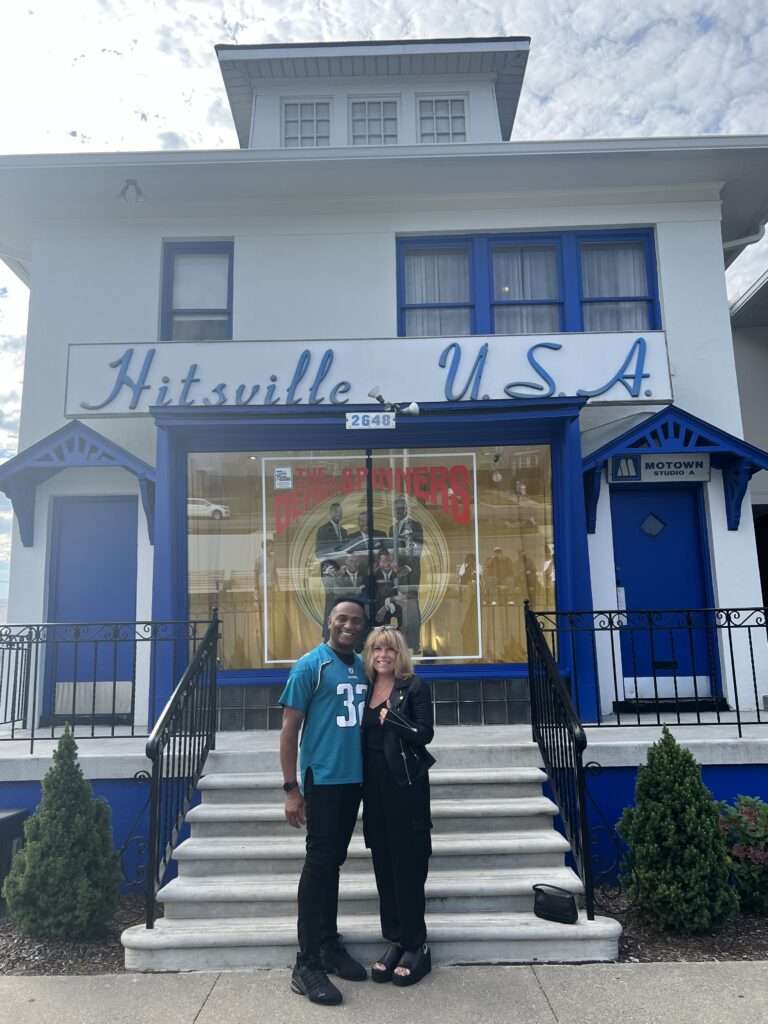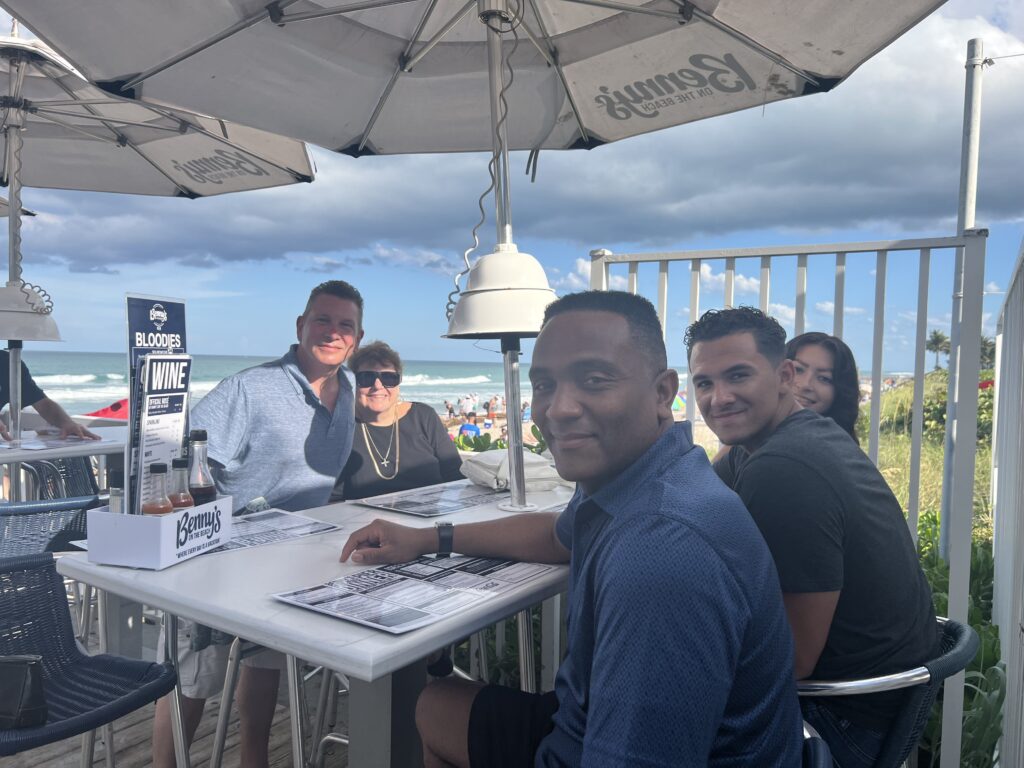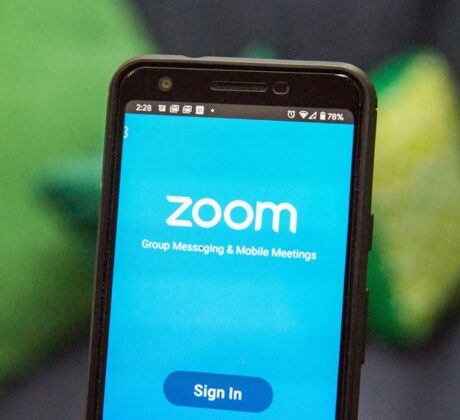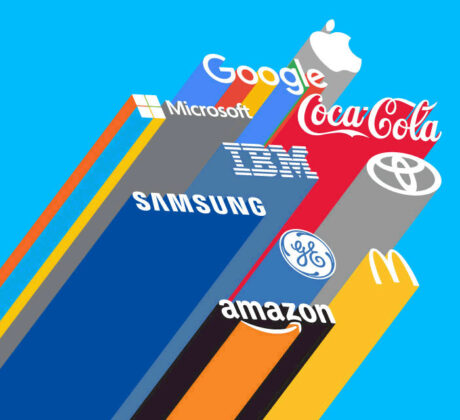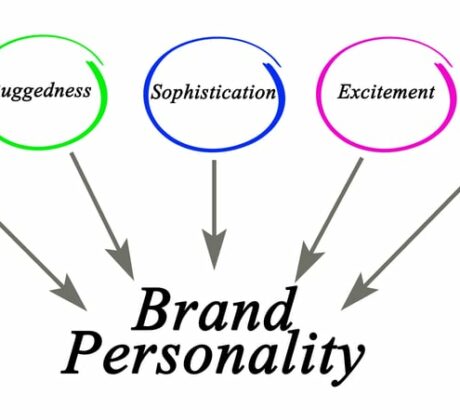God, Family, Football
I recently re-watched one of my favorite movies, with the theme God, Family Football. And it made me realize the last word, could be replaced by anything. Work, Friends, Hobbies…it does not matter. As long as God is FIRST, everything will always fall into place!
Anyone who knows me, knows that God is everything to me. He guides me, every single day! And my hope and prayer for you today, is that He guides you and blesses you above anything you could dare or dream to imagine!
I have spent so many years of my life, trying to be a blessing to ANYONE I have met, or come into contact with. My nickname since a child was Sunshine, and that is what I hope to bring anyone in my life — family, friends, co workers, strangers, anyone whom the good Lord sees fit to cross my path.
He has also gifted me with so many creative talents and a passion for all things marketing. If this sounds like someone you want to meet, or work with, to take your project to the next level, just reach out. I promise, I will respond promptly, even if I can’t personally help, I may know someone who can.
Here is my LinkedIn Profile: https://www.linkedin.com/in/reneelynnejames/
Here is my YouTube page with many of the videos I wrote, filmed, edited and produced https://www.youtube.com/@reneejames6618
and here is my email: [email protected]
Lastly, I wrote a Christian Album in the 90s, and this is STILL one of my favorite songs! If you are struggling with anything, and just need some hope, please listen! I hope it blesses you, as it still blesses me! ON EAGLES WINGS
I would love to hear from you. And just remember, put God First, and everything will always work out! Here is my blessed family below! My beautiful Mom, Brother, Husband, Daughter, Son and “Other Daughter”.





